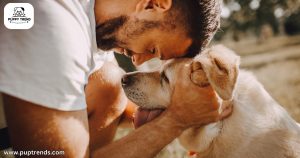Parvovirus, or “parvo,” is a highly contagious and deadly disease that strikes fear into every puppy owner’s heart. Without prompt treatment, it can claim a young dog’s life within days. Understanding the causes, recognizing symptoms early, and acting fast could mean the difference between life and death. Here’s what every puppy parent needs to know.
What Is Parvo?
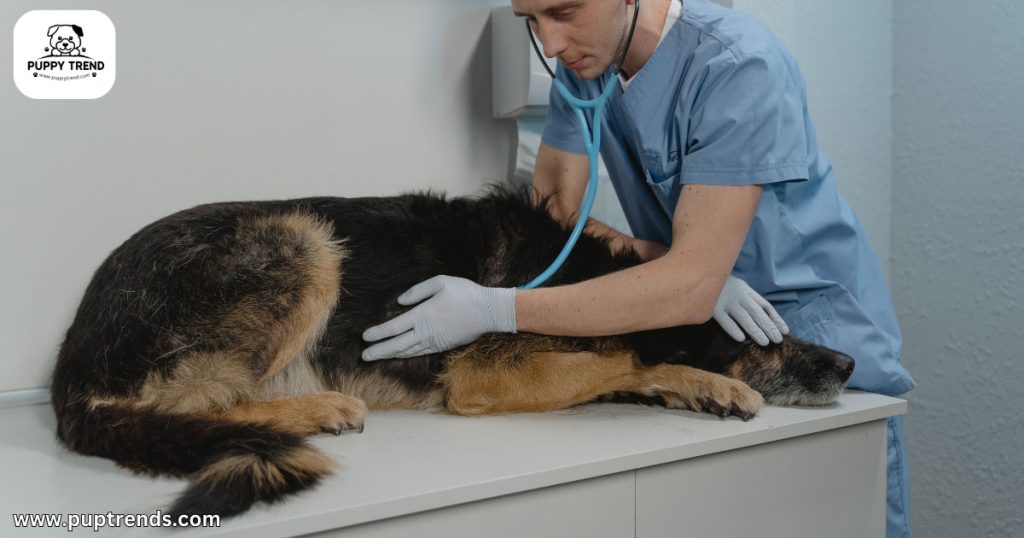
Canine parvovirus attacks a puppy’s rapidly dividing cells, particularly in the intestines and bone marrow, leading to severe gastrointestinal distress and weakening the immune system. Unvaccinated puppies under six months old are most vulnerable, but the virus can infect any unvaccinated dog.
Parvo in Puppies – How Do Puppies Get Parvo?
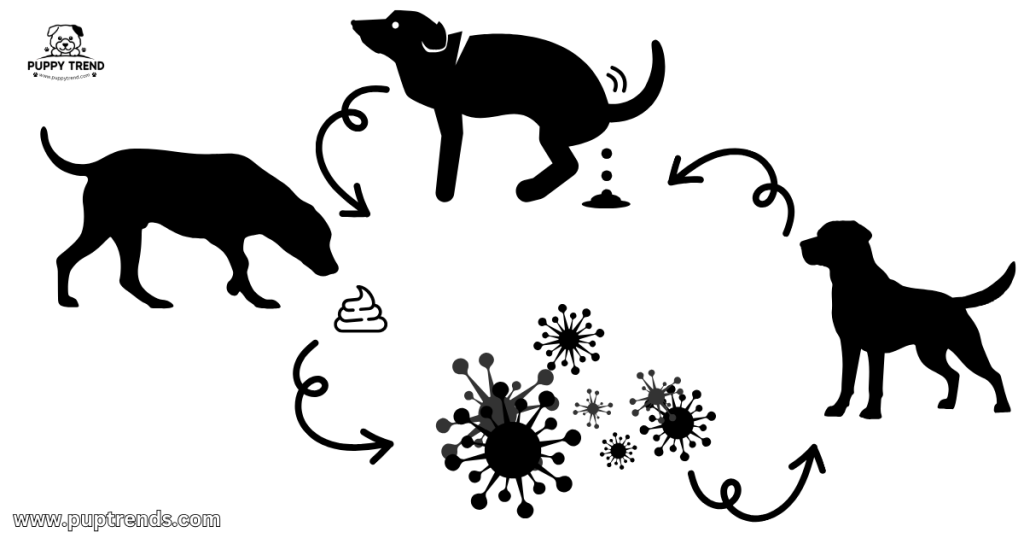
Parvo spreads through direct contact with an infected dog or indirect exposure to contaminated surfaces, feces, or even soil. Key risk factors include:
- Lack of vaccination: The primary cause of infection.
- High-traffic areas: Dog parks, kennels, or pet stores.
- Poor hygiene: The virus can survive on surfaces for months.
- Stress or weak immunity: Malnutrition or recent illness increases susceptibility.
Parvo in Puppies – Critical Symptoms to Never Ignore
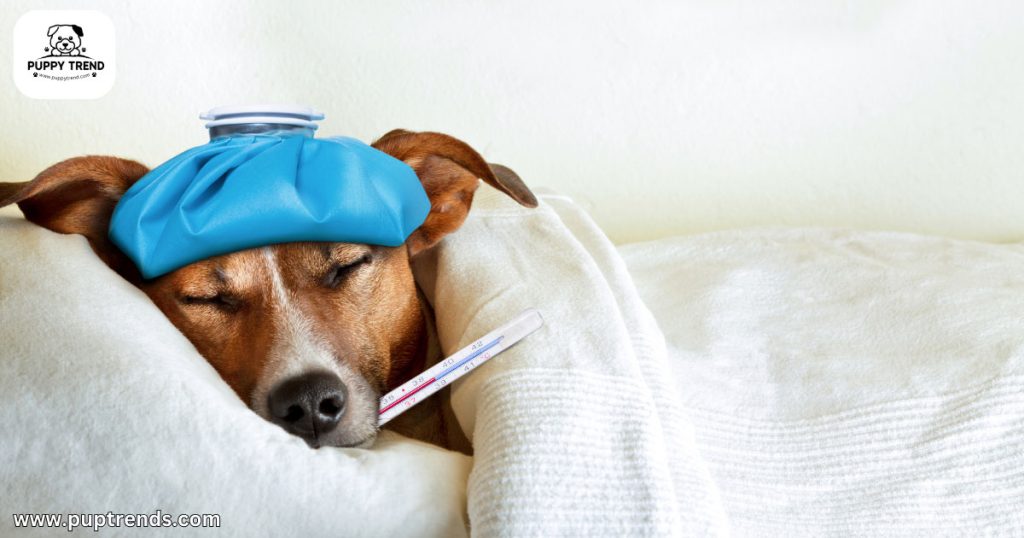
Parvo progresses rapidly. Watch for these signs:
- Severe vomiting
- Bloody, foul-smelling diarrhea
- Lethargy or collapse
- Loss of appetite and dehydration
- Fever or hypothermia
If your puppy shows any of these symptoms, seek emergency vet care immediately. Delaying treatment by even 24 hours can drastically reduce survival chances.
Parvo in Puppies – Lifesaving Treatments for Parvo
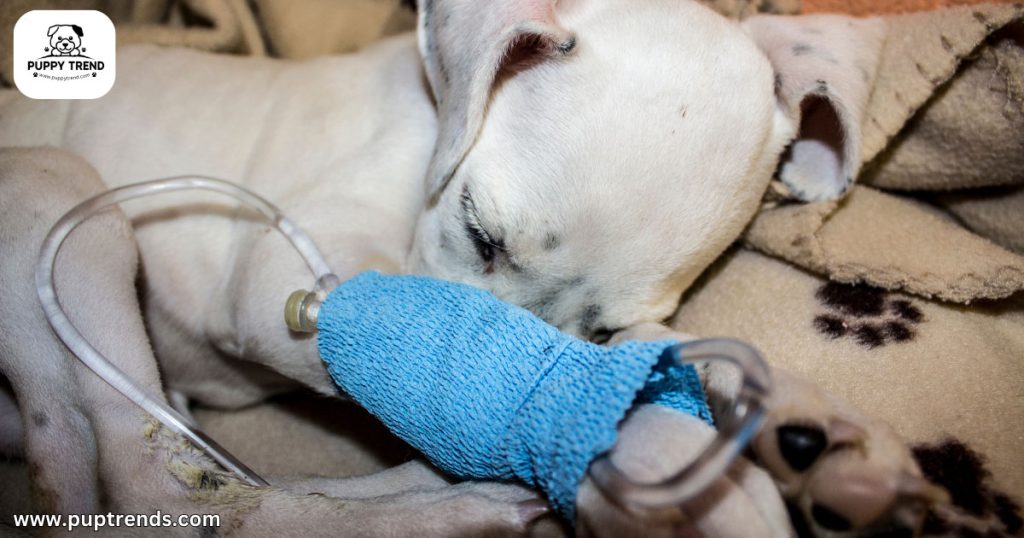
There’s no cure for parvovirus, but aggressive supportive care can save lives. Treatment typically includes:
- IV fluids: To combat dehydration and electrolyte imbalances.
- Antibiotics: To prevent secondary infections.
- Anti-nausea medications: To reduce vomiting.
- Nutritional support: Via feeding tubes if needed.
- Hospitalization: Isolation to prevent spreading the virus.
With early intervention, survival rates climb to 68–92%. However, treatment can cost thousands, underscoring the importance of prevention.
Parvo in Puppies – How to Protect Your Puppy
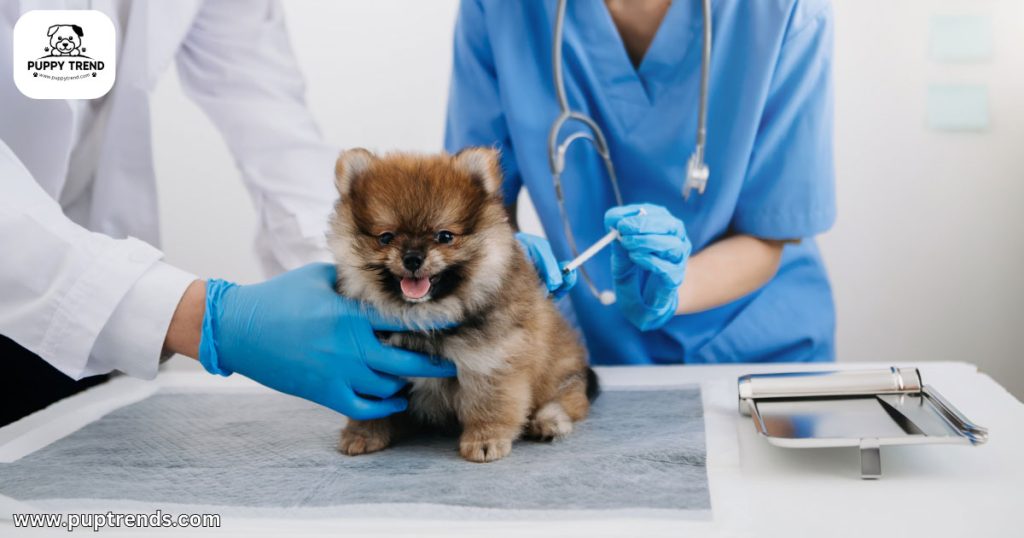
- Vaccinate! The parvo vaccine is part of core puppy shots, given at 6–8 weeks, with boosters every 3–4 weeks until 16 weeks.
- Avoid high-risk areas until vaccinations are complete.
- Disinfect with bleach-based cleaners (the virus is resistant to most cleaners).
- Boost immunity with a balanced diet and low-stress environment.
Act Fast, Save a Life
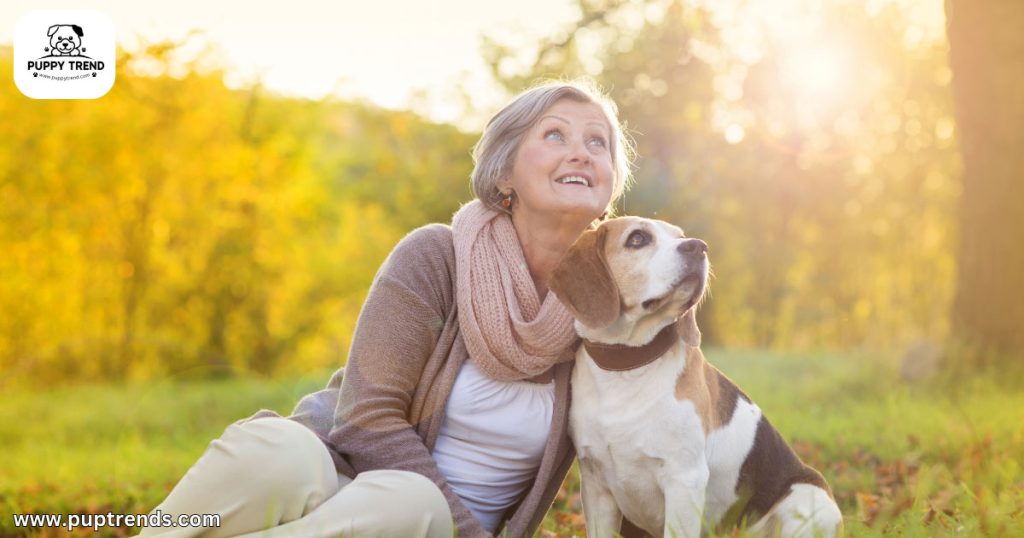
Parvo is a ruthless disease, but knowledge and preparedness empower owners to fight it. Prioritize vaccinations, stay alert for symptoms, and never hesitate to contact your vet if you suspect an infection.
Your swift action could save your puppy’s life. By arming yourself with this information, you’re taking the first step to shield your furry friend from one of the most dangerous puppyhood diseases.
Stay vigilant, stay informed, and keep that tail wagging!
